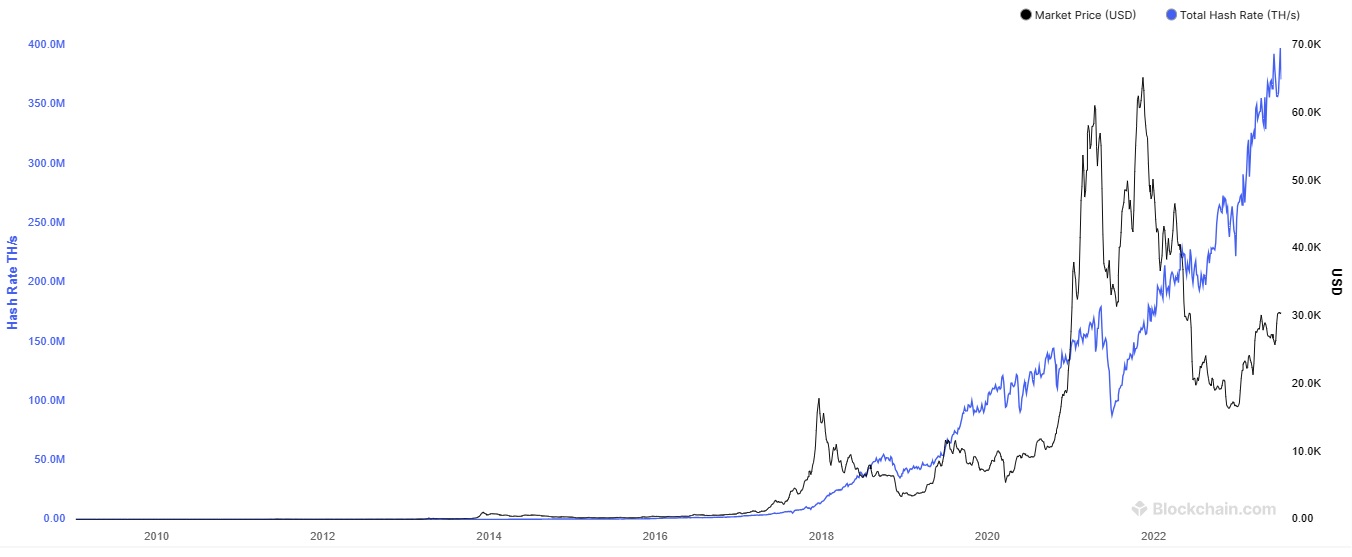Quantum computing technologies are slowly starting to move out of the laboratory setting and into the commercial industries. While it remains to be seen when mainstream adoption will occur, a number of companies are currently engaged in experiments and trials with paying customers to develop quantum computing solutions.
According to a pair of researchers from the University of Cambridge and the Bandung Institute of Technology, this represents a critical period in which the world still has an opportunity to prepare for what researchers consider the quantum revolution.
In a comment recently posted in the Nature journal, researchers Chander Velu and Fathiro Putra describe the “productivity paradox” and explain how mainstream adoption of quantum computing could curb economic growth for a decade or more.
According to their comment:
The digital revolution has taken decades, and businesses have had to replace expensive equipment and completely rethink how they operate. The quantum computing revolution could be much more painful.
The productivity paradox is a business and financial term that explains why introducing new and better technology does not usually result in an immediate increase in productivity.
Companies have seen this in nearly every aspect of the nascent blockchain and cryptocurrency industries. As the requirements for mining, for example, increase, so do the costs associated with entering the space in any competitive capacity.
Less than a decade ago, it was fashionable to mine cryptocurrency with the spare computing power of a desktop PC. As adoption rates increased, so did corporate interest and entry costs.

And, with fintech being one of the industry pundits predicting it will experience an immediate disruption from the quantum computing industry, the industry is likely to see direct integration with mining, blockchain, and cryptocurrency technologies immediately.
Related: Researchers demonstrate unconditionally secure quantum digital payments
To explain the productivity paradox, the researchers cite a period from 1976 to 1990 when labor productivity growth, a measure of how productive individuals are at work over time, slowed to a crawl. The reason for this stagnation involved the onset of the computer age.
Ultimately, the costs associated with the global shift from paper to computers, combined with the need to reskill the entire workforce and create entirely new ecosystems of solutions and workflows, caused the growth trend to stall until the completion of the integration during the mid-1990s.
Researchers see a similar situation occurring as quantum computers go from dusting off utility to potentially becoming a core technology for business.
The two main obstacles to a smooth transition to the quantum age, according to the researchers, are a lack of general understanding of the technology among leaders and risk aversion.
While companies with a clear use case, such as shipping or pharmaceutical companies, may be quick to adopt quantum solutions, the rate of return may not appeal to risk-averse companies looking for immediate impact.
To mitigate these concerns and accelerate the adoption of quantum computing, the researchers suggest a renewed focus by governments and researchers on illustrating the potential benefits of quantum computing and on developing language and terminology to explain the concepts needed to business community and the general public.
The researchers conclude by saying that the first order of business when it comes to preparing for the future of quantum computing is to ensure that the quantum internet is ready for secure networks.
#Scientists #warn #quantum #revolution #stagnate #economic #growth
Image Source : cointelegraph.com
